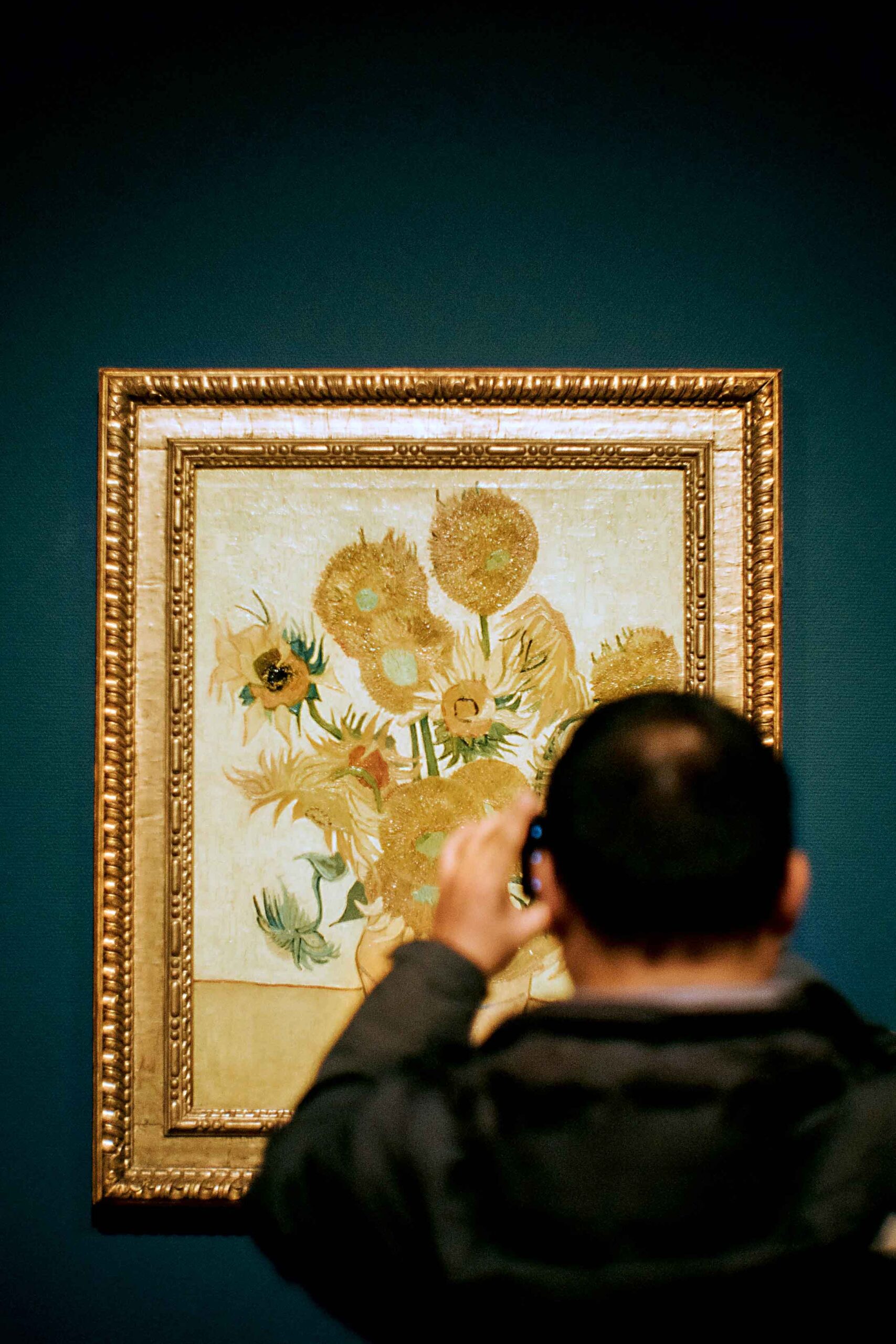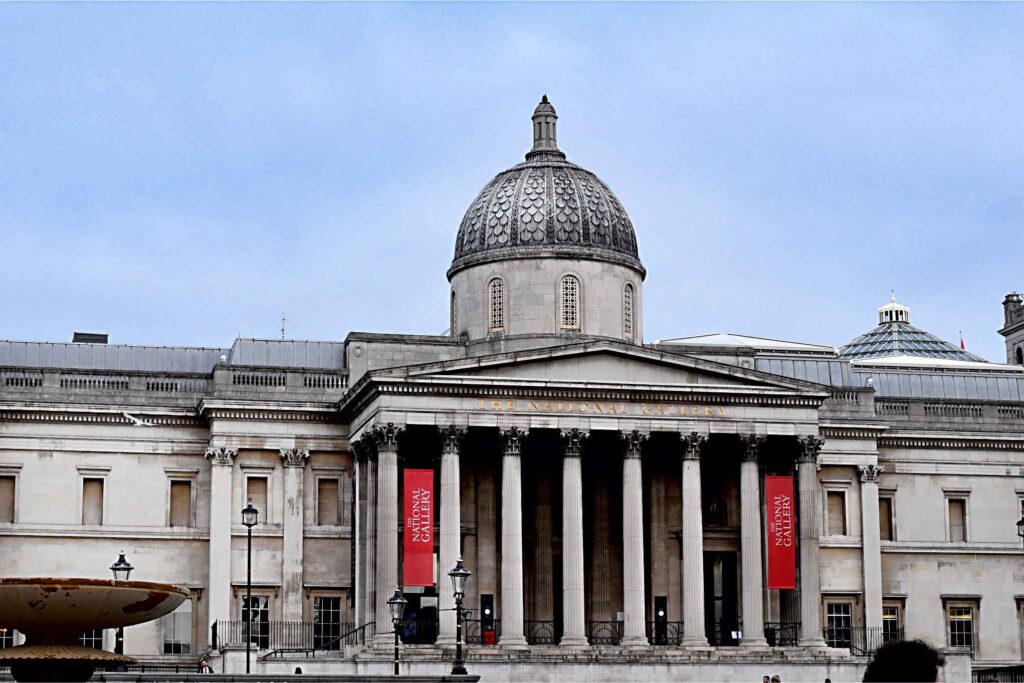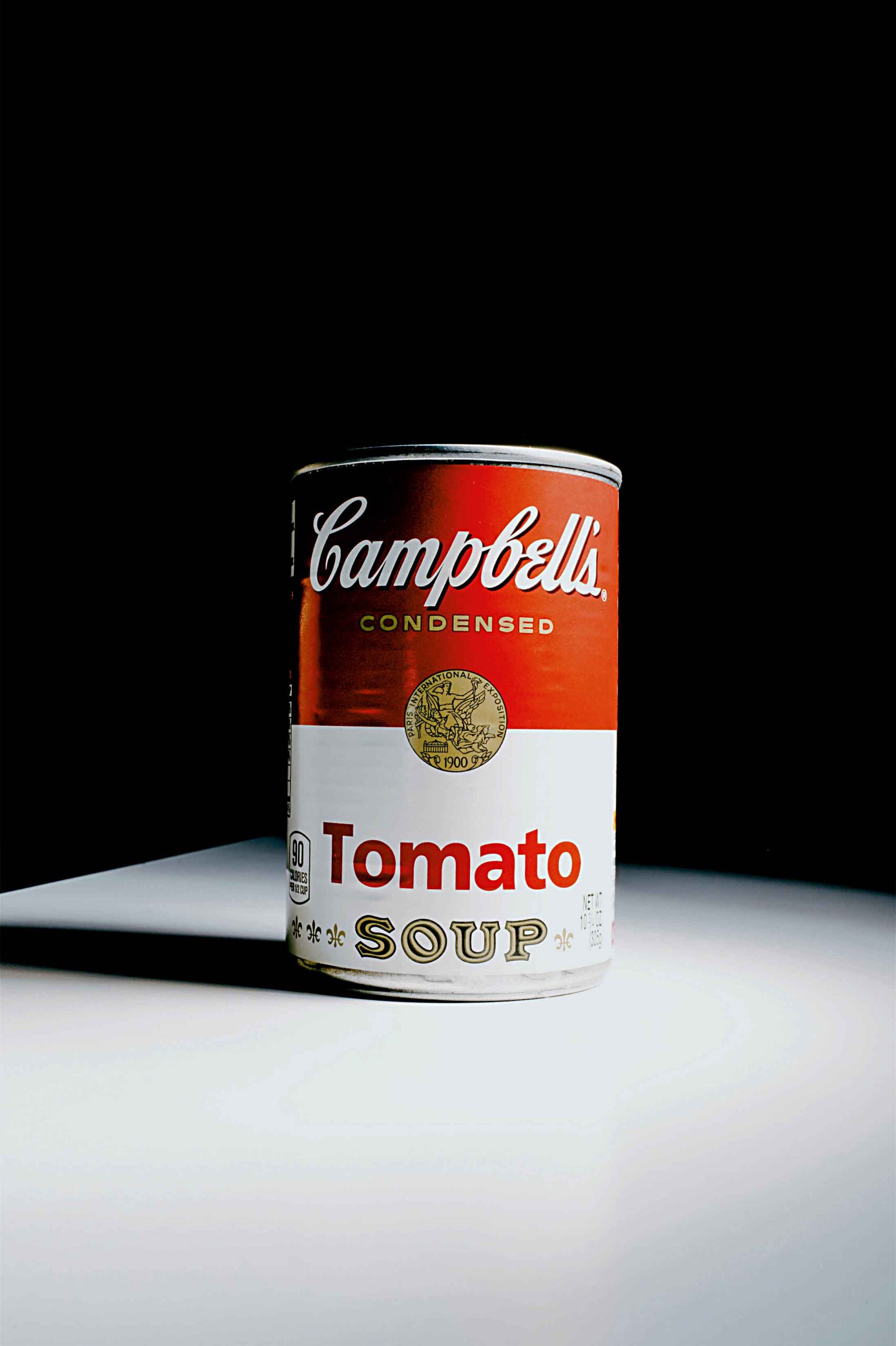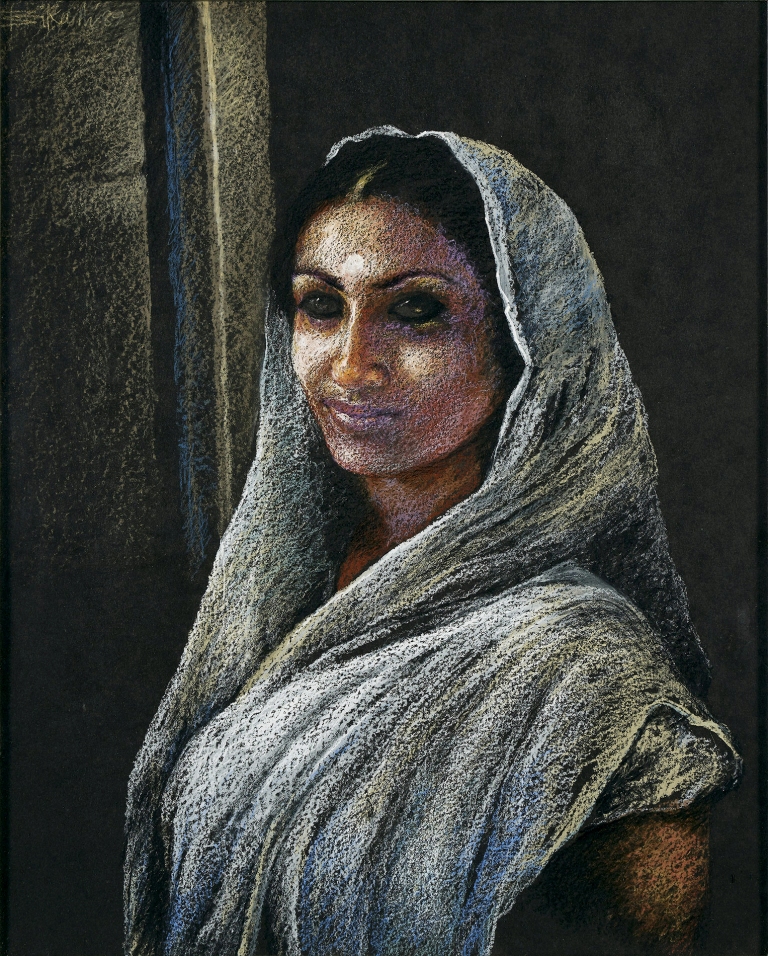— June 30, 2022, Attached themselves to Van Gogh’s ‘Peach Trees in Blossom’ at the Courtauld Institute in London | July 1, 2022, Glued themselves to Turner’s ‘Tomson’s Aeolian Harp’ at the Manchester Art Gallery in Manchester | July 4, 2022, Glued themselves to Constable’s ‘Hay Wain’, at the National Gallery in London | July 5, 2022, Glued themselves Giampietrino’s ‘Last Supper’ at the Royal Academy in London | October 14, 2022, Threw tomato soup at Van Gogh’s ‘Sunflowers’ at the National Gallery in London | October 26, 2022, Threw mashed potatoes at Monet’s ‘Les Meules’ at the Barberini Museum in Potsdam | October 27, 2022, Glued own head to Vermeer’s ‘Girl with a Pearl Earring’ at the Mauritshuis museum, Netherlands | November 15, 2022, Splashed oil on Klimt’s ‘Death and Life’ at the Leopold Museum, Vienna —
News headlines such as these have become increasingly common this past year. It primarily calls into question the principles of cause and effect. Who are these vandals? What is their agenda? How do their actions further their cause?
Just Stop Oil activists have successfully enraged the public with their stunts time and time again. If their antics were intended to elicit emotions, it goes without saying that they were a success in doing so. The reality remains, though, that this rage isn’t directed towards anything constructive. The closest analogy of this would be a child causing a commotion, not realizing that their havoc will not be rewarded with what they desire.
The message they’re attempting to communicate is lost in the midst of the whole fiasco, causing a rift on the internet between those who support them and others who are utterly repulsed by their actions. Supporters claim that their goal was to draw attention from the public, but given that the activists have so explicitly declared who they are attempting to call out, is it the attention of general spectators (who do not hold the power to stop oil refineries) that they should be attempting to draw?
There is a legitimate reason why they are receiving the attention, which is referred to as a “backlash.” Their exceedingly well-constructed but inconsequential speeches demonstrate their lack of direction. Appropriate questions are being asked but in the wrong settings. How much sense does it make to compare the importance or protection of a painting to the importance and protection of people — while being covered in unsustainable material and heroically throwing food on paintings that have no relevance to the government; while talking about poverty and hunger, that have no relevance with their cause; in front of an audience that has entered those spaces with respect for the institution and its collection? The only consequences this will result in are the public exposure of loaned pieces being restricted, museum staff being expected to be more vigilant, and museums being instructed to enforce stricter regulations. In other words, greater protection of paintings. In fact, onlookers hysterically pointed out that since activists have managed to repeat this act so frequently, the paintings were not protected as well as they ought to be. Being ‘glass-covered’ and facing’minor frame damages’, does not change the fact that this behaviour has been utterly irresponsible.
After the attack on Van Gogh’s painting, activists claimed they had originally planned to throw soup at Andy Warhol, purely for the irony of it, “but the Sunflowers is such an iconic piece, and Van Gogh himself lived in debt and died poor; if he were alive today under this government, he would have been one of those people forced to choose this winter between eating and heating his home”, they stated (standard.co.uk/news). But Van Gogh is no longer with us, and his legacy that is being protected by the very institutions (so casually being disdained) is the reason we are aware of his existence and his hardships.
We all can agree that oil paintings have been a mark of privilege, luxury, power and statement, in the past for those who commissioned them, and for those who are buying and selling them today. The targeted artworks, however, are more than just a capitalistic object of possession and need to be maintained and treasured as they provide a window into history, education, culture, and heritage and more. In activism, art must be utilized as a tool and not as a hostage. Any such damages will simply be remembered in the future as an activist failure.
In reference to the mashed potatoes in Monet’s painting, a tweet said, “If it takes a painting – with #MashedPotatoes or #TomatoSoup thrown at it – to make society remember that the fossil fuel course is killing us all: Then we’ll give you #MashedPotatoes on a painting!” Unfortunately, the only thing it serves to remind us how regressive this approach is. Activists have publicly expressed their confidence in using historical examples of vandalism, including anti-war movements, suffragette and feminist movements, and LGBT rights movements, to legitimise their actions. They appear to overlook the extremely crucial detail — the activities they mention of their ideals being involved with, were directly tied to their cause, resulting in its massive impacts.
While claiming that it is unfair to expect respect towards culture while the government is destroying the planet and suggesting that galleries and museums be shut down till the government declares a stop on new oil production, they question if art has any power to change the world (perhaps followers of Plato’s reasoning). This isn’t the first time art has been questioned and it won’t be the last, but they certainly are ignorant of the fact that artists like Spencer Tunick will always have a much greater and more positive impact than they ever will on highlighting issues regarding climate change. Their attempt will remain counterproductive as long as they have nothing more than shock value to offer. Ironically, one of their speeches claims that science has determined, we won’t be able to feed our families beyond the year 2050, but they conveniently ignore the fact that science is what will help us secure the future and that, the best course of action would be to create and innovate rather than to sabotage.
According to Time Magazine, a survey taken this October suggested that nonviolent disruptive actions decrease support for efforts to address climate change. At this point, more than anybody else, it is the art community that wishes they be heard, but the fear regarding the negative impact that achievement will cast on those who follow, will without a doubt, be very concerning indeed.
Read More>> Please Subscribe our Physical Magazine


